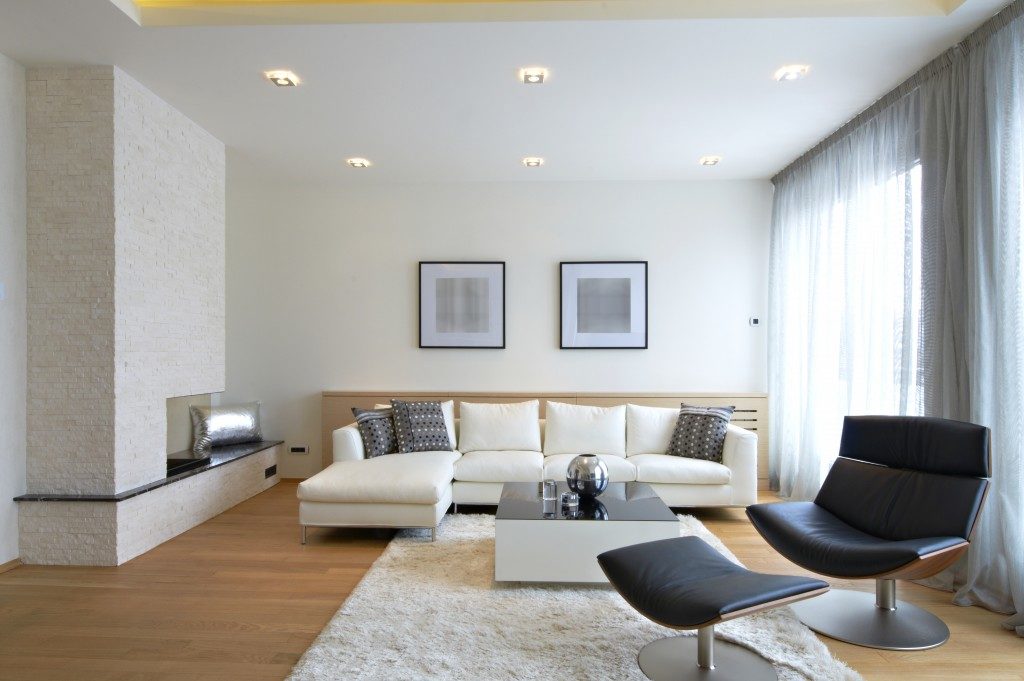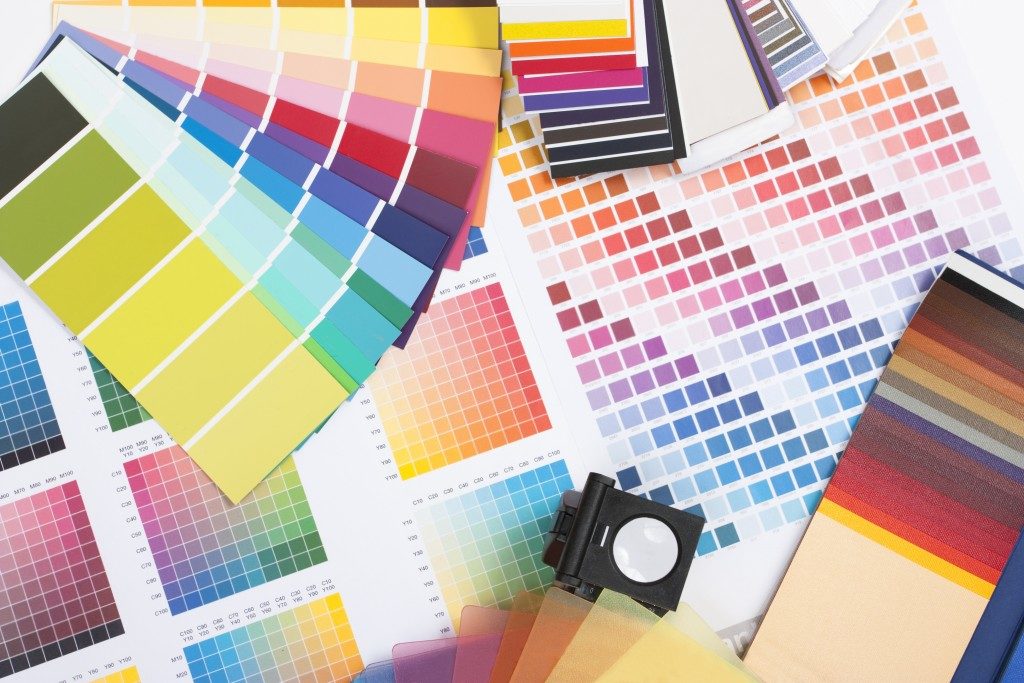Whether you’re in the process of minor redecorating or major improvements in your home, choosing the colour of the walls is as important—if not more important—than picking the right furniture to suit your budget and decoration. But choosing a colour scheme can be challenging, especially if the colour palette presents thousands of choices.
The important thing to remember is that colours should elevate a room’s interior, as well as provoke different moods. In the bathroom, for example, you can reach out to bathroom vanity manufacturers to see if they produce accessories that will fit the colours that you choose. You can opt for a white-and-grey Scandinavian palette that looks elegant and relaxing.
As for your bedroom, you should opt for a colour that will make you feel calm, relaxed, and sleepy. For the kitchen, choose a lively colour that’s going to make you want to socialise.
Blue
There are different hues of blue, and it’s important to remember the distinction. Pastel blue can come off as cold and chilly, while light and warm shades of blue are relaxing and can easily be paired with furniture.
Yellow
You should choose yellow for your living room and kitchen, both of which are where you welcome guests and where the family gathers. Yellow has the power to uplift your mood, and it comes off as very joyous and energetic. You need that kind of feeling in the kitchen, especially in the morning, when you’re trying to survive all those electrifying activities of prepping the kids for school, making breakfast for your partner, and readying yourself for work.
White

This colour means purity, innocence, cleanliness, and goodness. Inside the house, white is neither a calming nor strong colour. Instead, it makes your house feel more spacious and open. People love painting their walls white or off-white because it has a neutral feeling attached to it. Also, white is the easiest colour to pair furniture with.
Green
This is the most relaxing and restful colour for the eyes. It has always been used to symbolise nature and prosperity. It also helps to reduce anxiety in people, especially those who suffer from claustrophobia. It has restorative and mind-clearing energy that people naturally feel drawn to. For those who love the outdoors, green reminds them of nature.
Purple
Used to symbolise royalty and grandeur, purple comes off as romantic, mysterious, and luxurious. If you’ve ever been to a spa, you will notice that a lot of them used purple hues in their interior walls and furnishing. The lighter shade of purple such as lavender has a calming effect on people, which is why this shade is also applied on nurseries.
Red
Only use this colour in rooms where you socialise and welcome guests. Red gives off a feeling of rage and anger. Contrary to popular belief that red is romantic, this colour is traditionally linked to hostility and rage. Avoid using this colour in rooms that are meant to be relaxing.
When picking a colour for a room, look at the colour wheel and search for complementary pairings. You should also try to look at the colour for a long time and see what kind of mood and feelings it evokes from you. There is no rule in which colours should put you in a good mood. For best measure, learn to listen to your gut feeling.

